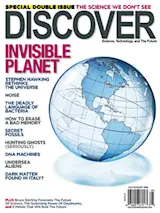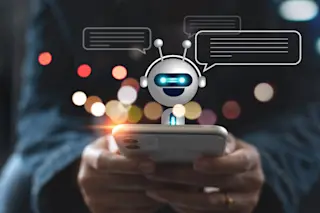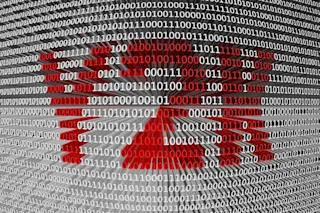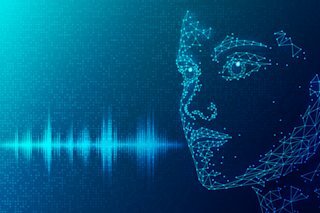Researchers in physics, biology, and archaeology are increasingly enlisting artificial intelligence (AI) to perform analytical tasks traditionally left to humans—and the results are impressive.
In April, three teams released findings from scientific AI projects. Adam, a robot designed at Aberystwyth University in the UK, created 20 hypotheses about yeast genes and illuminated a decades-old puzzle concerning which genes code for an enzyme. At Cornell University, an algorithm developed by computer scientists Hod Lipson and Michael Schmidt deduced fundamental physical laws based on data from devices such as a pendulum and a mass on a spring. And a computer program at the University of Washington jumped into an archaeological debate about whether a collection of 4,000-year-old Indus carvings constitutes a language or simply a collection of symbols: It found that the carvings are more similar in structure to spoken language than to nonspoken systems such as DNA sequences or computer programming languages.
AI technologies are not limited to specific research applications. Adam’s creators plan to extend the robot’s investigations from yeast to the worm Caenorhabditis elegans; their newer robot, Eve, will research malaria drugs. The Cornell algorithm can be used in any field where “there is a gap in theory despite abundance of data,” Lipson says. Still, software is not yet poised to displace human researchers. “Our algorithm can go from observations to laws, but a human scientist needs to give meaning to it all,” Lipson says.














